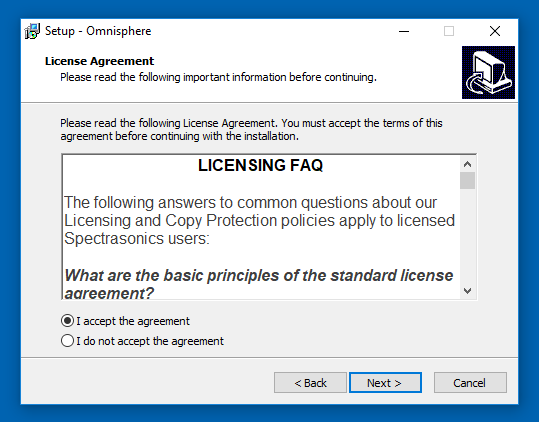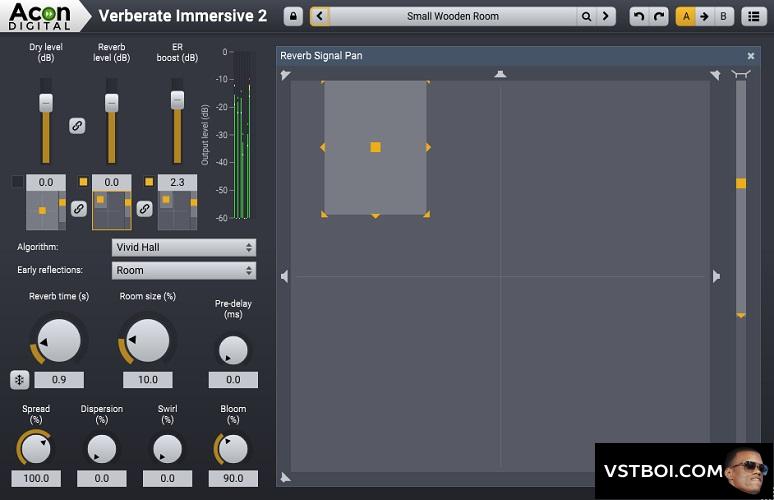

Dll Files Wine Glassesįrom your desktop, double-click your downloaded folder to open it into a second window. Here you will find a 'Patches' and a 'Multis' folder.ĭouble-click the 'Patches' folder. Now locate your 'Spectrasonics' folder and go to 'STEAM', 'Omnisphere', 'Settings Library'. Select the Library folder and double-click the 'Application Support' folder. With the Go 'drop-down' menu up on the screen hold down your 'alt' key on your keyboard to 'unhide' the Library folder. Once the download is finished, open the downloaded contents folder into a window.įor Mac users - To locate the CORRECT location to place your files, from within the Finder menu (across the top of your screen) select 'Go'. However you will just need to ensure you have located your Spectrasonics folder and then follow the guide / video from here or please view below.ĭownload your purchased expansion library with the Time+Space Connect installer - for ease select your Desktop when asked where you would like to place these files. Windows PC users can still follow this video to see where to place your additional patches. The video and guide then goes through where to place the additional patches so they are detected in Omnisphere. Please note: This video was created on a Mac (OS X 10.8.5) designed to mainly assist Mac OS X 10.7 (and higher) users with locating their 'hidden' Users - Library folder. Then in wine cfg library tab, type in the name of the.dll file. a simple gui area to select a windows.dll file that you have obtained, (there are several dll download sites) I rename the original, gdiplusDEFAULT so its easy to find in a filemanager, then copy the real one using a filemanager gui.(2) Either that or once you find the location of the.dll's, copy the.dll's into your regular vst folder. (1) So just look for omnisphere.dll on your external drive and open Studio One and add that folder as a vst directory.


And both.dll's are named the same darned thing. Is there a way to see more about the.dll file? 'Properties' doesn't tell me anything.

When I look under 'info' in the wrapper, both are the 32 bit version. The other boots up with a plain black header. Step 3: Double-click the file 'Omnisphere 2 Installer.pkg.' The installer might need to quit and re-open to ensure support for older versions of OS X, so just click 'OK.' One boots up with the header showing it is the 32bit version. Step 2: Open the Mac folder, then double-click 'Omnisphere 2 Installer.pkg' to begin the installation of Omnisphere. Omnisphere 2 Mac Can' T Find Omnisphere.


 0 kommentar(er)
0 kommentar(er)
